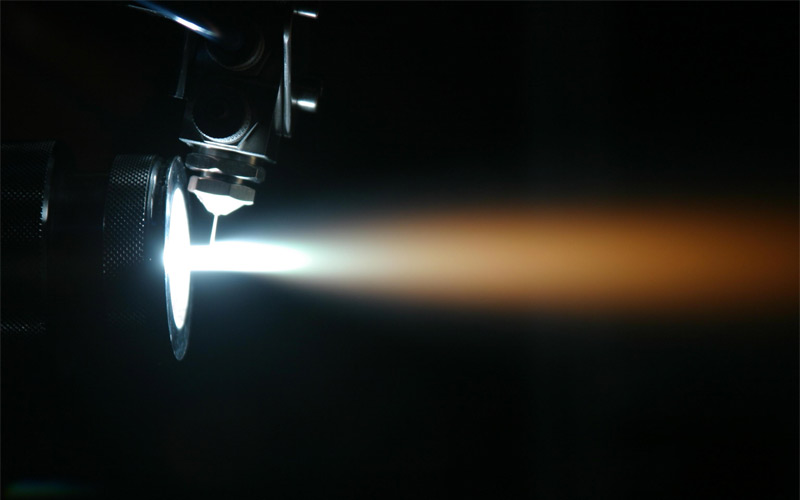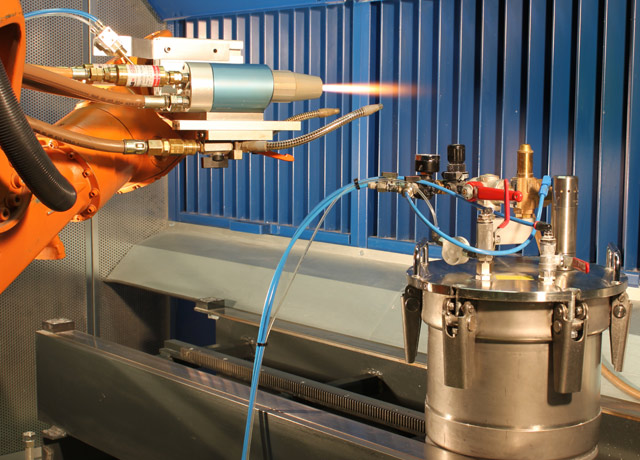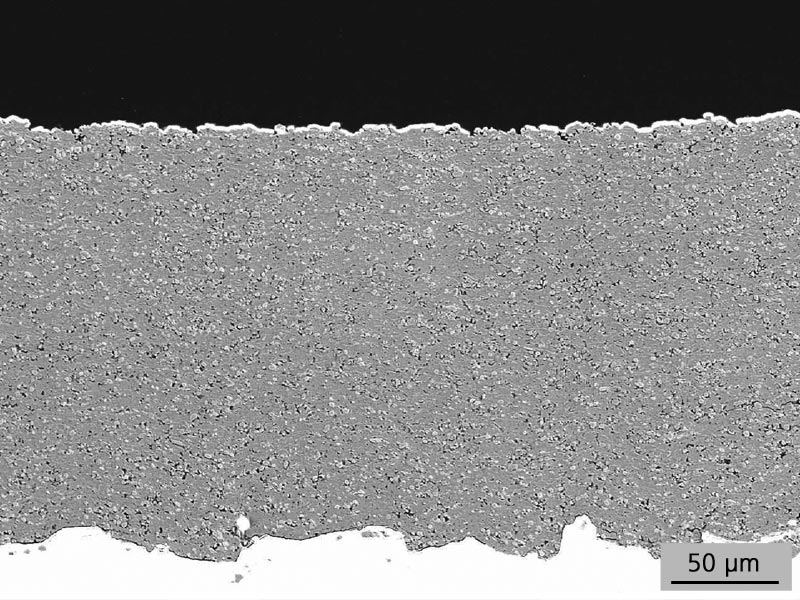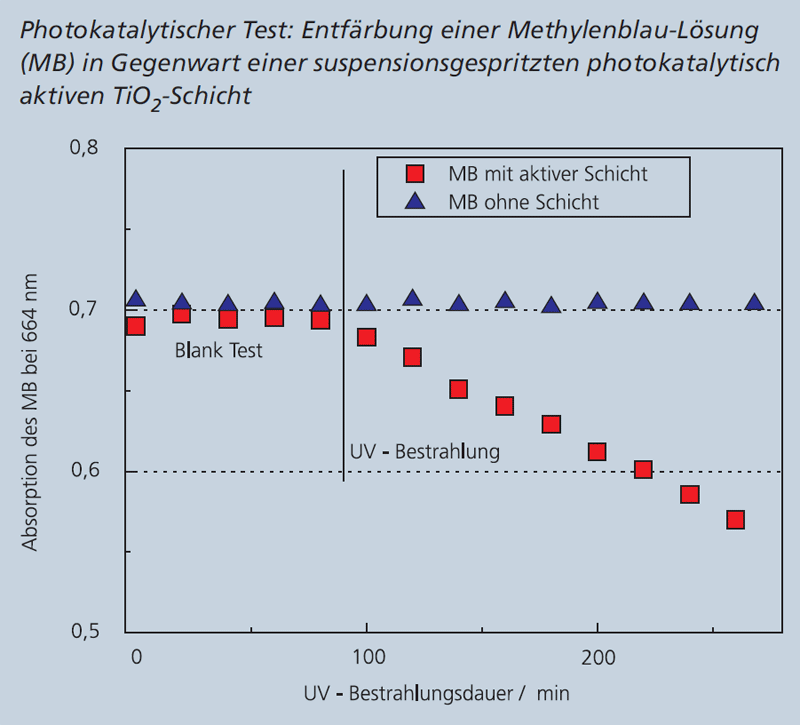Task
Thermal spraying is an established surface technology, with high flexibility in terms of processes and possible coating materials. Atmospheric Plasma Spraying (APS) and High Velocity Oxy-Fuel Spraying (HVOF) are among the most applied spraying techniques to produce coatings with typical thicknesses in the range 100 – 500 µm. In order to form a coating, powders of different materials with a particle size in the range 10-50 µm, are used.
The substitution of the conventional spray powders by suspensions offers new possibilities, such as the direct use of finely dispersed powders, and thus saving in the production of specific thermal spraying feedstock powder, and the production of nanostructured coatings. The advantages and application potential of suspension sprayed coatings are multitudinous, one of the main aspects being the possibility of preparing coatings with thicknesses of a few µm and high bond strength. With suspension spraying, the technological gap in terms of achievable coating thicknesses between traditional spray coatings and thin film surface technologies (CVD/PVD) is bridged.
The development of suspension sprayed aluminium oxide and titanium oxide coatings, and their specific properties, will be summarized below.
 Fraunhofer Institute for Material and Beam Technology IWS
Fraunhofer Institute for Material and Beam Technology IWS


